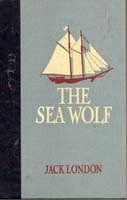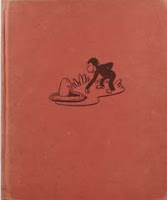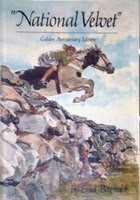by Thomas Hardy
I don\’t know how or when Tess of D\’Urbervilles first got on my reading list, and I really had no idea what it was about before reading it this week. I\’ve been fitfully participating in our public library\’s summer reading program (yes, they let adults play too) which this year is mostly about familiarizing yourself with the library\’s many resources- so for the first time I\’ve browsed their DVD selections, and used some of the online databases- interesting stuff! One of the requirements however is to read a classic you\’ve always wanted to and I picked Tess.
This is one of those cases where I don\’t quite know how to write about a book without possibly giving spoilers, so you\’ve been warned!
It\’s been a long time since I read a classic and I\’ve never read Hardy before- let me tell you, it was a rich experience! I was drawn in immediately by the descriptions of rural lifestyle and the character of Tess herself. She lives in Dorset, 19th century. Her family the Durbeyfields is poor but her shiftless father discovers one day that they are supposedly connected to an ancient aristocracy named D\’Urberville and he immediately starts putting on airs, gets so drunk he can\’t function the next day so Tess is sent on an early-morning errand. She falls asleep on the road and gets into an accident which kills their family\’s only horse. They are now facing ruin but the mother urges Tess to visit a well-to-do lady in the next valley who is also supposedly of the D\’Urberville line, and ask for help. Tess reluctantly agrees because she feels guilty about the death of the horse. When she arrives at the estate she immediately catches the eye of a certain young man. He\’s not really related to her- his family assumed the D\’Urberville name for their own reasons- so he has no qualms about flirting with her, then practically stalking her, then well- things go badly for Tess- who disliked him from the start- and she ends up back at home with an illegitimate child. Things are miserable for a while but Tess eventually moves on, vowing to never marry.
She takes work as a dairymaid in another part of the country where people don\’t know her history, and then falls in love with a man who has rejected his family\’s standing as clergymen to become a farmer himself. This Clare sees Tess as a beautiful unspoiled country girl, even though she repeated tries to tell him of her sullied past he refuses to listen. Tess wants to marry him, but feels unworthy and is afraid of his finding her out. And then- of course- the man who ruined her life in the first place makes a repeat appearance- and things just get worse and worse. I\’ve probably said too much already so I\’ll stop now. But it has a sad ending. Rather melodramatic, I thought. I mean- really- Stonehenge? I can\’t imagine anyone sleeping on a slab there, when today you can\’t even step inside the circle to take photos, it\’s so roped off (or so I\’ve gathered, never having been there myself)
But regardless, what a story. I really felt bad for Tess. She was a good person at heart, smarter than her family, had her pride, did what she thought best. Some seem to think she deserved her lot and put herself in harm\’s way with her so-called \”cousin\” but that guy gave me the creeps from the start. Ugh, what an awful man. What I really enjoyed about the book was all the details about how people lived in rural communities more than a century ago. The tasks of threshing wheat, preparing straw to thatch roofs, digging turnips in the fields, and particularly how work was done on the prosperous dairy farm- all so different from today\’s operations. The dialect of the people being particular not only to the time and locale- many words out of use- but also to the family\’s being poor it was often hard to understand what exactly they meant but I was usually able to gather it from the context- I like that kind of reading challenge- and only after finishing the book did I realize there was a glossary in the back.
It\’s not as long as it looks. The edition I read (borrowed from the library) had appendixes, maps, several different forwards and afterwords written by different people for various other editions, excerpts that had been edited out of early editions (which shocked contemporary readers) and copious notes on the text. It\’s the first time I\’ve ever read a book which had a note at the head of the forward warning of spoilers! so of course I didn\’t read that until later, glad I did as it gave away some of the crucial twists in the plot. I didn\’t read all the extra material, but did find interesting an included article all about the artists who illustrated early editions of Tess (which was first published as a kind of magazine serial). I definitely want to read more Hardy now.
That was rather rambling, apologies. It\’s late but I wanted to jot something down before sleep while it\’s all still turning in my head. I could say a lot more but will rest now.
rating: 4/5 …….. 518 pages, 1891
more opinions:
Tell Me A Story
Valeehill
bookreviewsbycharles
Book Puddle















